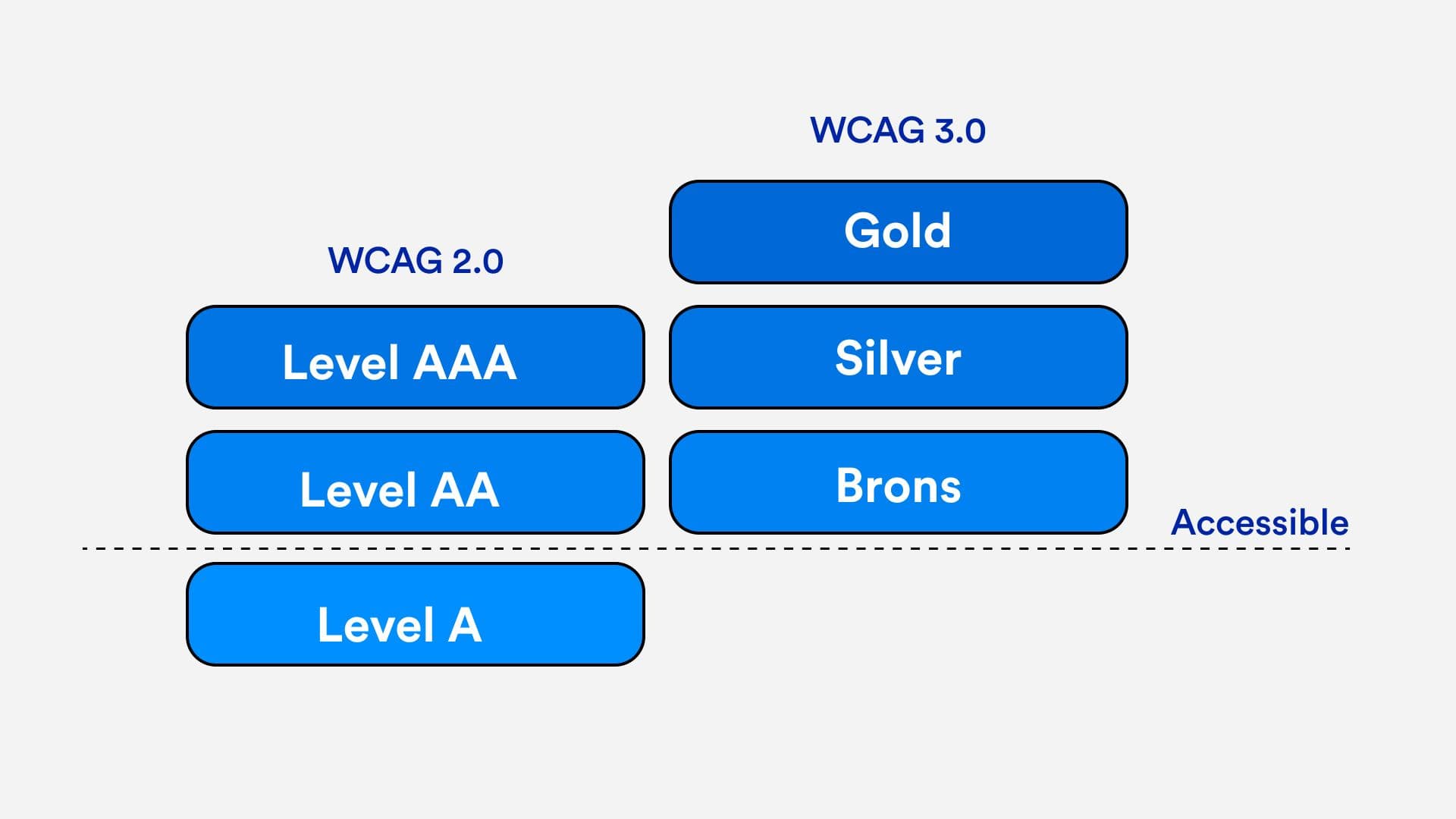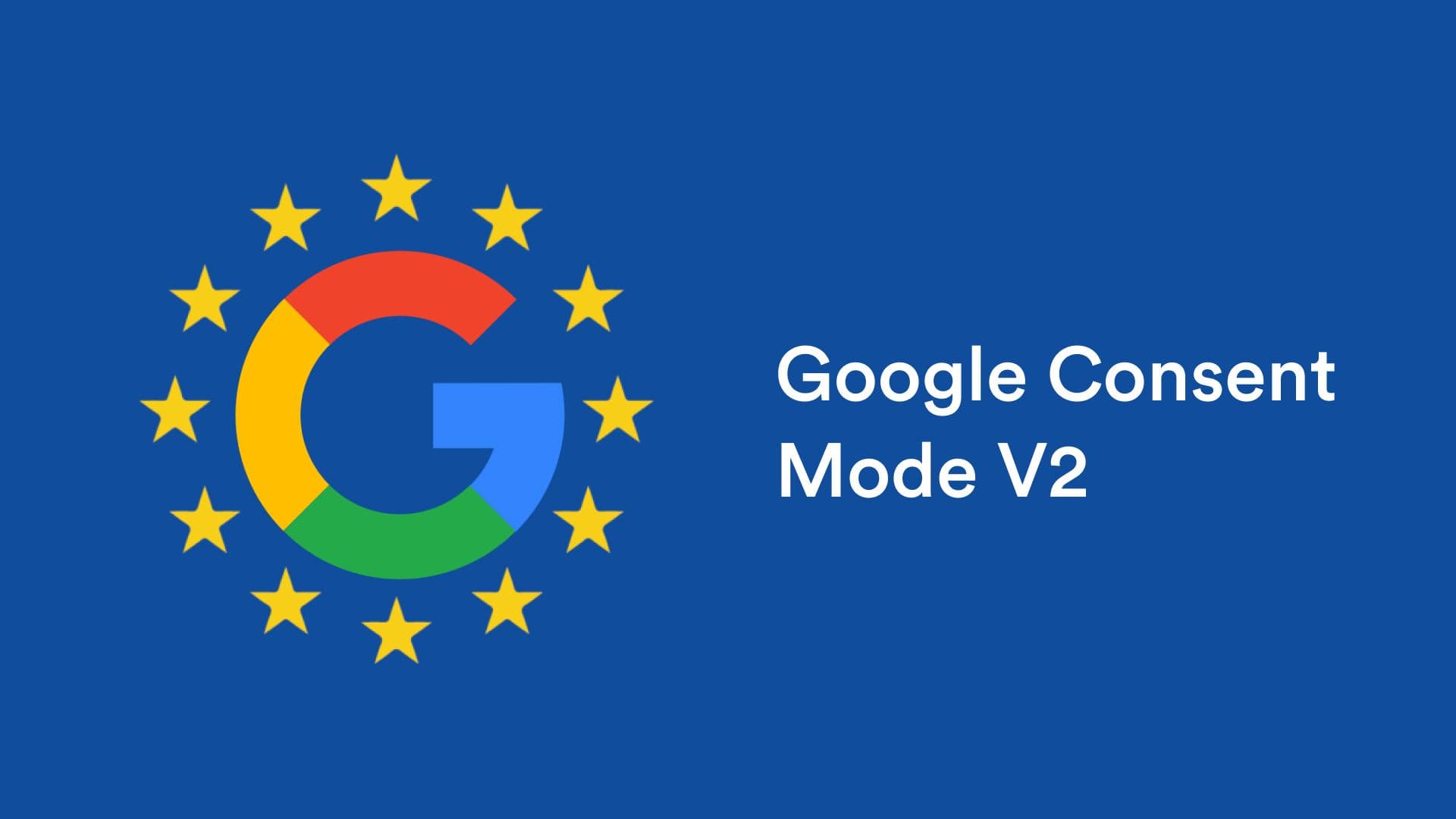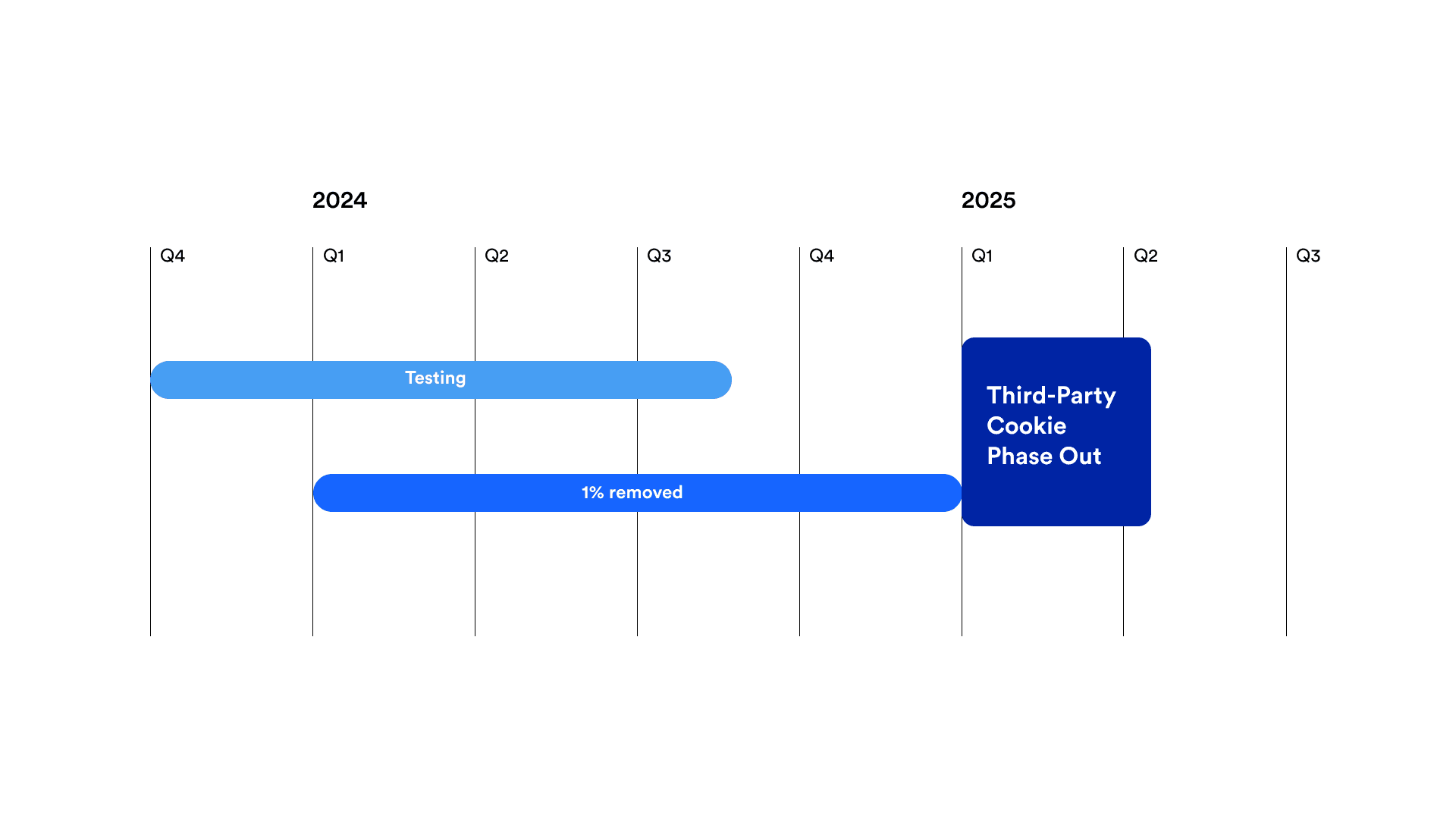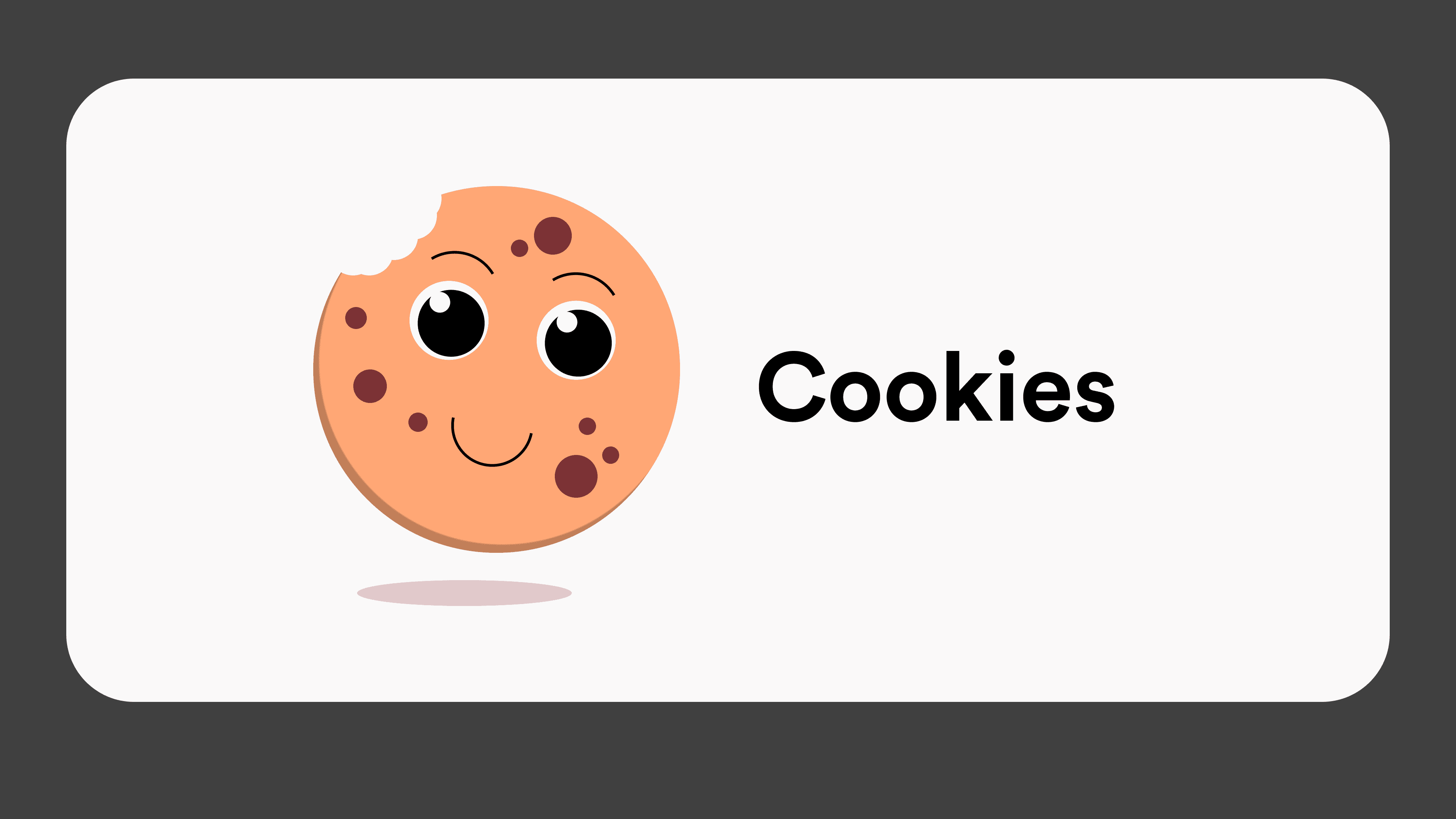Understanding WCAG 2.2: Enhancements in Web Accessibility
Areas
Web design ∙ Web development ∙ SEO

Understanding WCAG 2.2: Enhancements in Web Accessibility
The Web Content Accessibility Guidelines (WCAG) 2.2 were published as a “W3C Recommendation” web standard on October 5, 2023. This latest update focuses on making websites more accessible to three main groups: individuals with learning difficulties, those with low vision, and people with disabilities using mobile devices.
The core principles of WCAG
The WCAG guidelines are structured around four fundamental principles: Perceivable, Operable, Understandable, and Robust. These principles ensure that web content is accessible to all users, regardless of their abilities.
Perceivable: The Perceivable principle dictates that digital content must be understandable through various senses. For example, providing text alternatives for non-text content, such as images, enables users who are blind to understand the content without needing sight. Additionally, alternatives for time-based media, such as captions and audio descriptions for videos, are required. This principle encompasses Guidelines 1.1-1.4.
Operable: According to the Operable principle, all web functionalities must be accessible and usable by all users, regardless of their abilities. For instance, all functionalities should be operable using only a keyboard, ensuring that users who cannot use a mouse can still access the same information.
Understandable: The Understandable principle states that all content must be easily comprehensible. This includes making text readable and ensuring that the operation of user interfaces is straightforward. Guideline 3.1 specifically addresses the readability and comprehensibility of text.
Robust: The Robust principle ensures that digital content is interpretable by assistive technologies and other user agents. This principle highlights the importance of content compatibility with various technologies to provide an inclusive web experience.
Levels of Conformance
WCAG 2.2 guidelines are divided into three conformance levels based on their impact on design and accessibility needs:
- Level A: The basic level of accessibility, offering limited accessibility but addressing critical issues.
- Level AA: The recommended level for most web content, balancing accessibility and usability.
- Level AAA: The most stringent level, which is not always feasible for full compliance due to its demanding nature.
What's new in WCAG 2.2?
WCAG 2.2 introduces nine additional success criteria, supplementing the previous 17 criteria in WCAG 2.1. These updates aim to enhance web accessibility further. Notably, one success criterion from earlier versions, 4.1.1 (Parsing), has been made obsolete in WCAG 2.2. The detailed list of new criteria can be found here.
It's important to note that WCAG 2.0, WCAG 2.1, and WCAG 2.2 are all existing standards. WCAG 2.2 does not replace WCAG 2.1, nor does WCAG 2.1 replace WCAG 2.0. The World Wide Web Consortium (W3C) encourages the use of the most recent version to ensure the highest level of accessibility.
Conclusion
By adhering to WCAG 2.2, web developers can ensure their websites are more inclusive and accessible to a broader range of users. Understanding and implementing these guidelines not only improves user experience but also complies with evolving accessibility standards, reflecting the rapid advancements in web development and the increasing emphasis on accessibility.

Ludvig Risbecker
ludvig@bucketmedia.se








